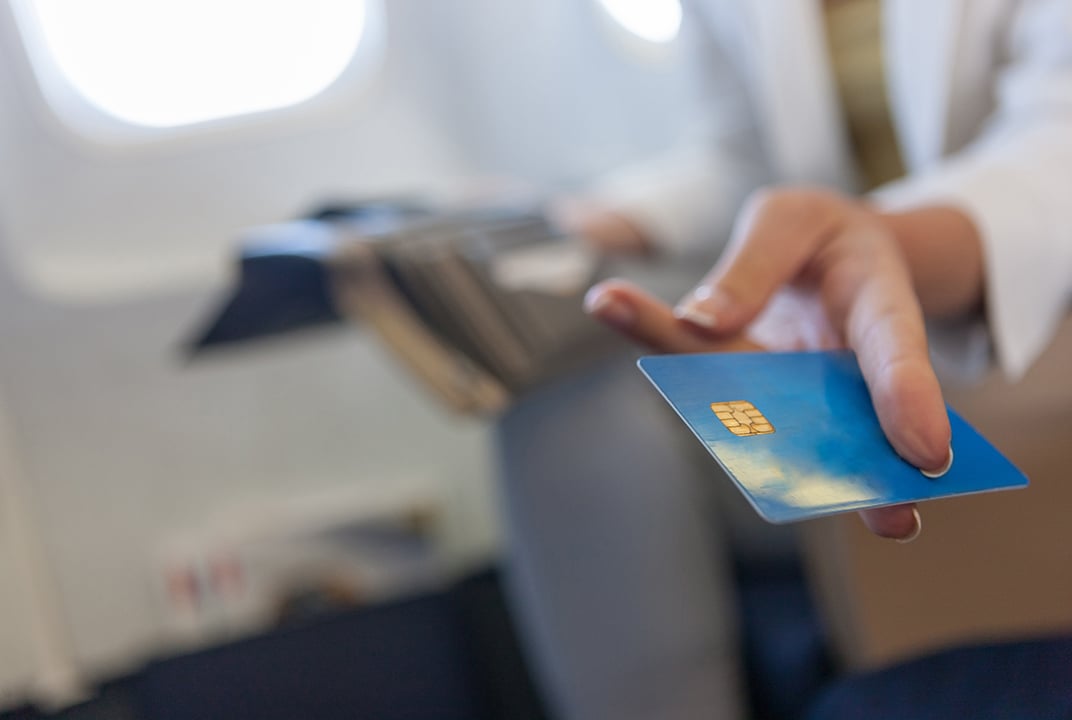Insight | Life in the fast lane
Life in the fast lane
null
The inflight Wi-Fi revolution is finally upon us
“Here’s a hard truth,” wrote the US tech website Gizmodo in May, 2015. “All inflight Wi-Fi sort of sucks.”
The writer had a long list of grievances: you can’t know exactly what kind of Wi-Fi your plane will offer until you know your flight number, and even if you travel on an airline that promises Wi-Fi on all flights, different planes have different equipment installed. And even then, there’s a chance the equipment could be broken.
Gizmodo was surveying Wi-Fi offerings on America’s domestic network, where onboard connectivity has long been acknowledged as the most advanced and sophisticated in the world. Elsewhere around the globe, accessibility to onboard Wi-Fi has tended to range from patchy to non-existent, with a few rays of light here and there. But in what is a rapidly growing market, surely things are better now?
Not really. Put the name of an airline and the word ‘Wi-Fi' into the Twitter search box and it won’t be long before you come across something along the lines of “the Wi-Fi today is so-o-o slo-o-o-ow” or “hey [airline name] thx for the lightning speed Wi-Fi #not”.
While availability may have increased in the last 18 months, reliability appears to have fallen, at least in the US. According to a survey by Honeywell in 2016, only 22% of US passengers said their onboard Wi-Fi had been extremely reliable, compared with 27% two years previously.
Related services
"The arrival of better technology and more robust networks means that customer demands can no longer be ignored."
Passenger expectations
It’s a situation that contrasts starkly with what’s happening on the ground, where reliable infrastructure and increasing data speeds mean we now take video streaming for granted pretty much anywhere we go. And that’s created similar expectations in the air. The same survey showed that four fifths of respondents felt their Wi-Fi experience onboard should be just like the service they get at home and fast enough to watch YouTube and Netflix, and nine out of ten believed their connection should be reliable no matter their destination. The most demanding passenger segment, perhaps not surprisingly, was millennials – more than a quarter of them said they had switched airlines to get a better Wi-Fi service.
As things currently stand, there’s plenty of reason for them to switch, because airlines offer a huge range of Wi-Fi options, from the Holy Grail of home-style connectivity to nothing at all. The most common offering from those that do offer Wi-Fi is a relatively slow connection speed, meaning only basic functionality for users. Many airlines offer different services depending on routes. One leading carrier, for instance, while uniquely being able to offer Wi-Fi access on all of its European routes, cannot offer the same service on its transatlantic flights.
Methods of charging for Wi-Fi services also vary widely. A handful of airlines offer free Wi-Fi, while most charge a fee. Some offer a free basic service with a fee for faster speeds, while others offer different amounts of data at different price points. And some offer free Wi-Fi to premium passengers or frequent flyers while making everyone else pay.
One option that’s been bridging the gap to true Wi-Fi for some airlines is the inflight intranet. This allows passengers to wirelessly access digital content, such as newspapers, magazines and destination guides, that’s preloaded each day into a battery-powered box that can be stowed in a luggage locker. Other airlines – and some airports – offer the option of downloading content before boarding.
The crucial point, however, is that the vast majority of current airline passengers can’t watch Netflix like they do at home. But this is about to change, as global air travel reaches a tipping point in terms of inflight connectivity. Up to now, some airlines have held back from committing to onboard Wi-Fi, aware of the many deficiencies highlighted above. But the arrival of better technology and more robust networks means that customer demands can no longer be ignored.
Fast broadband, global reach
Inmarsat’s GX Aviation service, for instance, together with the launch of its new European Aviation Network, will mean uninterrupted, high quality broadband for passengers anywhere in the world. And plane manufacturers such as Boeing and Airbus are increasingly offering factory-fitted internet systems on new aircraft as standard.
So what does the future hold? Fewer millennials will be scratching their heads and scouring flight booking sites, certainly. More importantly, a new era of seamless, high-speed Wi-Fi on the world’s airlines will mean not just the ability to watch Netflix and YouTube onboard but also, for example, live sporting occasions. Onboard shopping will become a far richer experience, while the passenger experience as a whole is likely to become far more personalised. The so-called online ‘customer journey’ will now continue uninterrupted from home to destination. For airlines, of course, all this means not just greater loyalty from customers but also opportunities for more revenue.
There are operational benefits, too, including the transmission of real time flight operations and aircraft health data to the ground. And could the advent of passengers downloading inflight entertainment directly to their own devices spell the end of those bulky and expensive seatback screens? In safety terms, cockpit broadband will allow improvements in flight tracking and distress monitoring. And the traditional ‘black box’ can now become a virtual black box in the cloud.
Those airlines who choose to take advantage of the new generation of high speed onboard internet services will see a triple win – for their passengers, for themselves and for their partners. Those who choose to stay out of the race should sit back and take a look at their Twitter feed, as it slowly updates…


